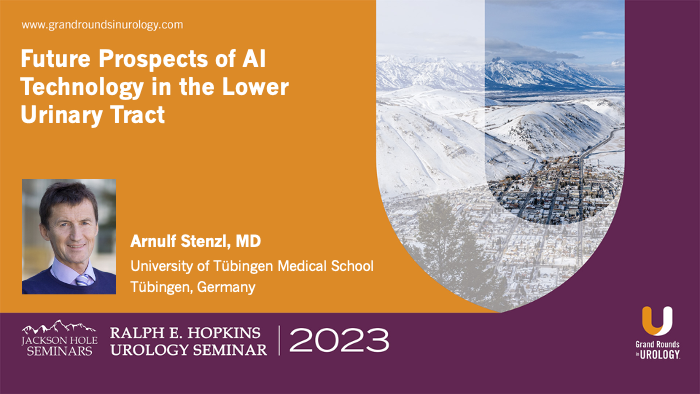Urologists should be the experts in the management of lower urinary tract disorders. In recent years, other specialties have led the management of patients that are traditionally managed by the urologist. These specialties although improved the care of some women, they failed the general population as the focus was on gender not the disease.
Functional and Reconstructive Urology (FRU) is a rapidly expanding subspecialty in Urology. Some may call it rebranding, others call it a blending of existing subspecialties including Female Urology, Neuro-urology, Urodynamics, BPH, Prosthetic Urology, Men’s Health and Reconstructive Urology. Regardless of the name, the vision of the subspecialty is to improve the management of patients with urinary disorders.
To do this, the urologist needs to reconnect with a general population of patients with lower urinary tract disorders (LUTD) by creating a subspecialty that is more reflective of what sets the urologists apart in the management of LUT. The subspecialty includes management of both failures to store/empty the bladder, male/female patients, and neurogenic/non-neurogenic Urology in a much more comprehensive and inclusive way when compared to previous subspecialty approaches. This is an integrative approach that embraces not only the traditional methods of managing bladder disorders such as medical therapy, surgery, and neuromodulation while embracing innovative approaches that
include diet, lifestyle changes, physical therapy, and physiotherapy with the end goal of helping all patients heal store/empty effectively.
The Next Generation Functional and Reconstructive Urology Learning Center will provide information about our current and evolving knowledge with respect to functional urology. Our hope is that this expanding awareness continues to evolve the subspecialty care and improve the bladder health of men and women including those with neurogenic disabilities. The course will also dispel myths regarding functional urology as ”quackery,” and present the current state of the art in managing the FRU patient.
If you haven’t already, click here to sign up for the GRU community and receive regular updates on this learning center, as well as other leading-edge educational content.
















